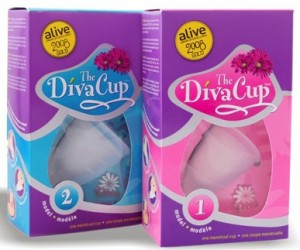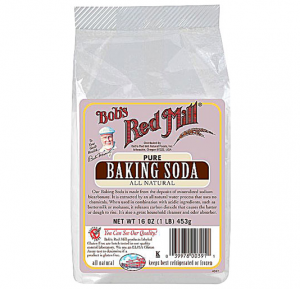“You’re going camping with a baby, AND you’re breastfeeding? Are you crazy?!”
This has probably been the response from your non-outdoorsy friends and relatives when you’ve told them you’re going camping. Society perhaps has gotten a little cushy, with electricity and all — but moms have been breastfeeding babies outdoors for thousands of years.
Besides, camping is a tranquil escape from the busy-ness of our modern lives. Camping reminds me what’s important, and no electronic gadget can provide the same relief or joy as waking up to the rushing water of a nearby river, or the morning songs of birds high above in the trees.
But, there are a few additional steps necessary if you’re planning on camping and breastfeeding.
1. Stick to the previously established nursing and napping schedule.
Depending on the age of your baby, you’ve likely established a nursing routine that coincide with nap time. As best you can, try to keep this schedule as much as possible whenever you travel, including camping.
2. Keep your baby in layers and, if breastfeeding, bring a nursing poncho.
Layering is one of the major tricks to camping comfortably, and keeping baby snug in layers is vital. For you, as a breastfeeding mother, nursing ponchos are a godsend for those chilly camping nights when you’re not going to want to “bare all”.
3. Store any food, trash (including dirty diapers!) in your car OR hang from a tree limb.
This is a standard rule of thumb for camping: Always, always hang your food 10 feet in the air to prevent bears from snooping — and at a good distance from your tent. (Try a counterbalance method for bear-bag tricks.)
Some camping mothers have reported that they also tie off their baby’s dirty diapers as well. The bottom line: Don’t keep anything that could at all smell like food anywhere near your tent or your baby.
For storing my food while camping, I tie off one waterproof dry bag with paracord and use a general shopping bag for trash. (I’ve also recently discovered there are also bear bag hanging kits!)
4. Mimic sleeping as you do at home.
If you practice cosleeping at home, then the transition to sleeping in a tent will be similar. Depending on the size of your baby, a travel bassinet can keep your baby cozy and protected from the cold, hard ground.
5. Pumping/Storing Breast Milk while Camping
This is an issue that keeps several moms away from camping while they’re breastfeeding. Several opt to “pump and dump”, but if you’d rather store your milk, you’ll need a way to keep it cool.
Two must-have storage options for breastfeeding while camping: An insulated storage bag and ice packs will help keep your milk cool. If you have a baby shower coming up, Medela has an incredible on-the-go breastfeeding kit that includes a backpack, cooler, battery-powered breast pumps, and plenty of bottles and ice packs.
If you would like to prepare for a survival scenario and/or don’t want to deal with a breast pump while camping, learn how to express milk by hand.
Have you gone camping while breastfeeding? Do you have any additional tips?


